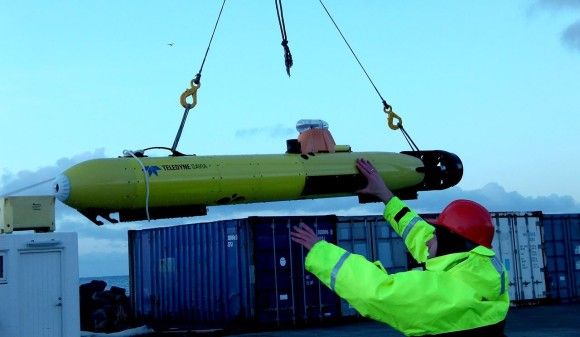Technology
Europoltech 2017: Firearm Optics, Thermal Vision Devices and Goggles Showcased by the PCO Company
During the Europoltech 2017 event organized in Poland, Polish PCO company has been showcasing its night- and thermal vision optics, including the firearm optics, as well as the NPL-1T Agat thermal vision binoculars.
During the Europoltech event, two sight systems integrated with the Beryl rifle have been presented. The first system showcased is the DCM-1 Szafir (Sapphire) daytime sight solution. The sight is used for laying down fire at close and medium distances. It includes a 4x magnification scope, complemented with a miniature reflector sight mounted on top. The Szafir system may also be used with other firearms, such as the MSBS.
PCO has also been showcasing its SCT-2 thermal vision sight integrated with the Beryl rifle. The said optic is a successor of the SCT Rubin system, utilized, among other users, by the 12th Mechanized Brigade. SCT-2 scope’s weight is more than 30% lower than in case of the SCT Rubin sight – it is as little as 900 grams. SCT-2 is based on a modern, non-cooled microbolometric detector, offering a resolution of 640×480 pixels, operating within the spectrum scope between 8 and 14 μm. SCT-2 makes it possible to detect a standard NATO target (2.3×2.3 meters) at distances of 3.2 kilometres. The sight has been tailored for being used with a Picatinny rail.
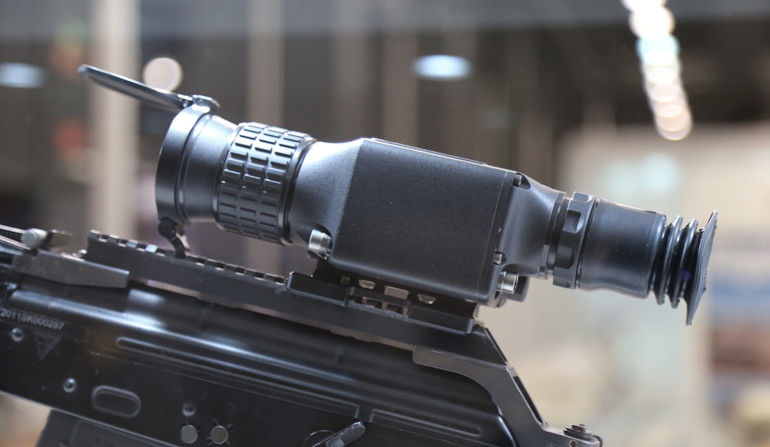
Moreover, PCO’s night vision goggles and monoculars are also being showcased during the event. Here, MU-3M Koliber device constitutes a prime example. Not only is it used by the Polish Armed Forces, but it has also been included in the inventory of the Polish Police. Its weight, without the battery, is as low as 250 grams. The said device may be used both as a helmet-mounted, as well as a firearm mounted system. It also offers the user an ability to utilize the ClipR thermal vision attachment.
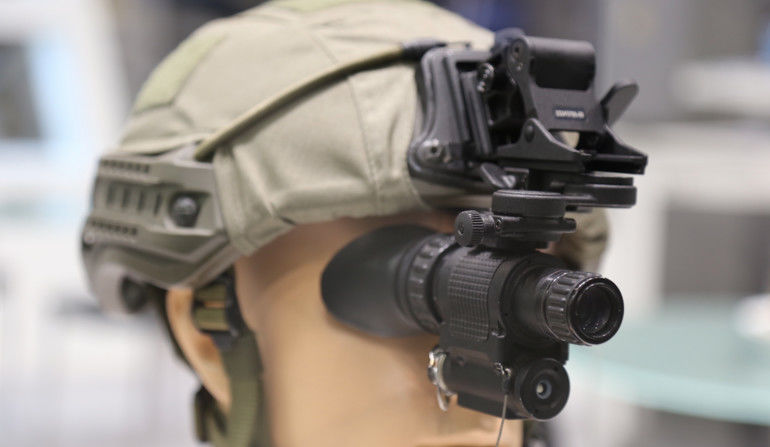
During the Europoltech event, PCO has also been showcasing the PNL-2AD/M “SZPAK” miniaturized Night Vision Goggles. Weighing just 590 grams, the said system allows the user to carry out observation in tough weather conditions, at night and during the day. The goggles can be mounted on any type of a helmet. Moreover, the said system has also been fitted with an auxiliary IR illumination source, making it possible to use the device also in enclosed areas, without any source of light that could be amplified.
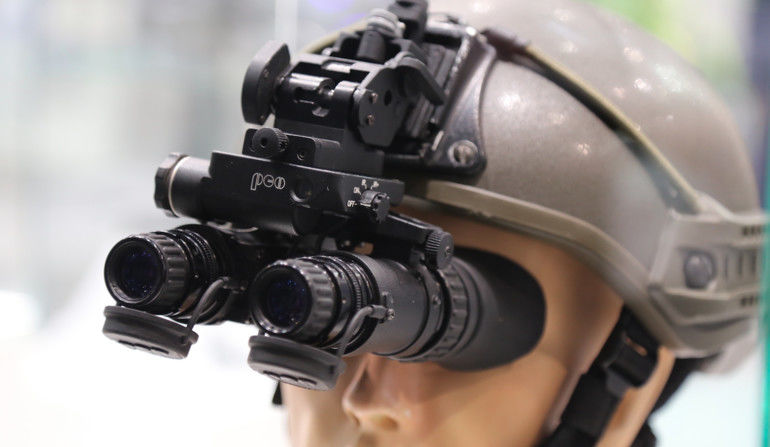
PNL-3M “Orlik” aviation night vision goggles have also been showcased during the Europoltech 2017 exhibition. The civil derivative of this system has been recently certified by EASA, which paves the way towards selling the goggles to the civil user. Before that, “Orlik” system has been exported, among other states, to Ukraine. The system may be powered both with the AA batteries (1.2, 1.5 or 3.6V) as well as from the onboard aircraft power source.
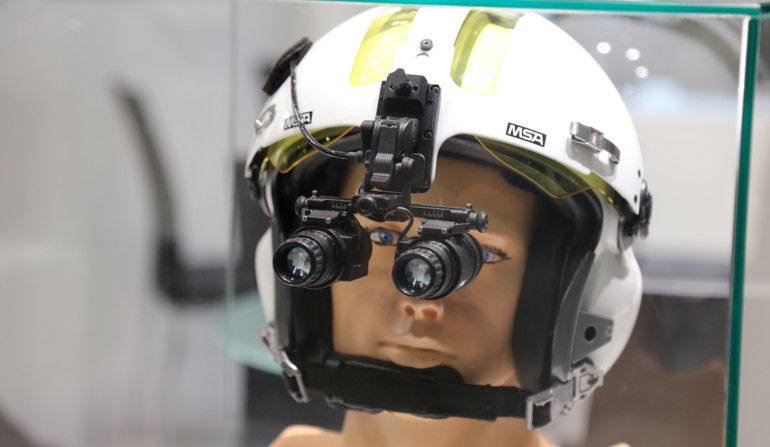
PCO also presents its NPL-1T “Agat” thermal vision binoculars, designed to carry out observation in tough weather and climatic conditions, as well as at night. The binoculars allow the user to detect a 2.3×2.3 m object at distances of up to 3.2 kilometres. NPL-1T “Agat” binoculars may also be remotely controlled, the system additionally offers an ability of capturing static thermal vision imagery that may be later browsed on the display of the device, or saved on an external data storage.
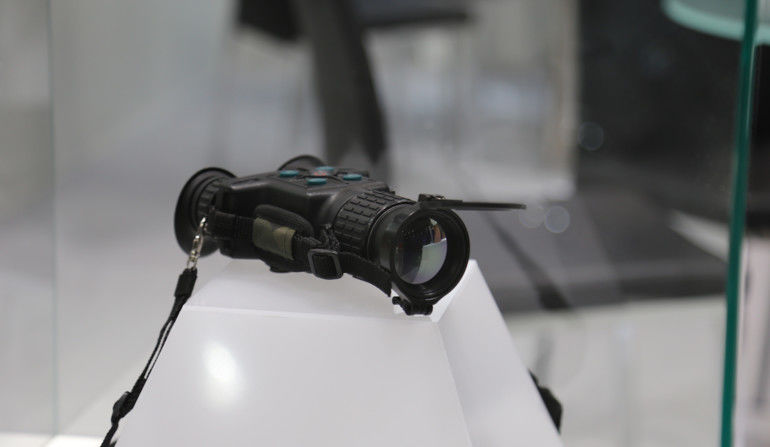
The binoculars feature video and measurement data outputs, which makes it compatible with the Tytan future combat ensemble. The device is also capable of determining its own position through the use of a military-grade GPS receiver, via a communications interface.

